Fill level
The fill level of the wine is the biggest factor in purchasing or selling a wine. A lower fill level indicates a dried out cork or a broken seal due to a faulty cork. Even wines corked around 1900 can still have a high fill level, which would indicate excellent storage.
We differentiate between eight different fill levels
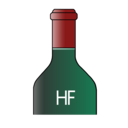 |
High Fill (HF)
- Very good condition
- Bottle probably quite young or closure yet optimal
- Safely buy / drink
|
 |
Into Neck (IN)
- Good condition
- Bottle probably young or closure still very good
- Safely buy / drink
|
 |
Top Shoulder (TS)
- Acceptable condition when bottle > = 20 years old
- Safely buy / drinking with minimal risk
|
 |
Upper Mid Shoulder (UMS)
- State is advised in the caution
- Normal for bottles > = 30 years old
- Slight oxidation risk
- Be careful when buy
|
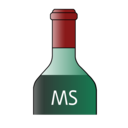 |
Mid Shoulder (MS)
- Ageing cork
- Bottle presumably > = 40 years old
- Oxidation is not unlikely
- Increased caution when buying
|
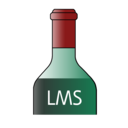 |
Lower Mid Shoulder (LMS)
- Ageing cork
- Bottle presumably > = 40 years old
- Increased oxidation risk
- Great caution when buying
|
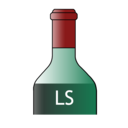 |
Low Shoulder (LS)
- Only acceptable in rare and very old wines
- New corking would already have to pass
- Very high oxidation risk
- Purchase at your own risk
|
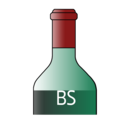 |
Below Shoulder (BS)
- Oxidation- risk close to 100%
- Buy only in special cases
|








